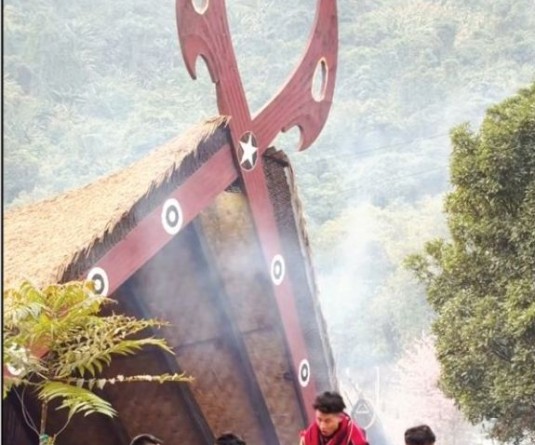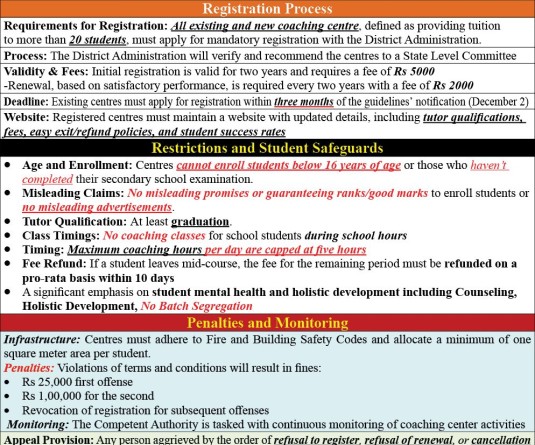
Morung Express News
Dimapur | September 28
The “bombile” scare seems to have reached Nagaland as mobile subscribers are having second thoughts about receiving any calls from unknown new numbers. On Tuesday, September 28, stories aided by ‘SMSes’ spread like wildfire, about two people reportedly falling “victim” to the rumored ‘red calls’ in Dimapur. In the first instance, a ‘non-local’ man was admitted to the district hospital of Dimapur this morning after he suffered ‘health complications’ after receiving a call from an unknown number and much to the disbelief of doctors.
The man identified himself as Md. Allaudin to media persons. Allaudin said he is employed as a manual worker in one of the many paddy fields of Suhoi village under Niuland subdivision. According to his statement, Allaudin’s ‘health problems’ started immediately after he received a call from an unknown number about a week ago. He said that a jolt, similar to an ‘electric shock’, ran through his body the moment he put his phone to his ear. Instinctively, he said, he threw away the handset to the ground. After that he began to have headache which persisted, compelling him to seek medical help, he said. He cannot recall the number from which he received the call but said the last three digits were ‘904’. That particular phone is now being used by his brother, he said.
However, doctors at the district hospital said that there is no medical explanation for the occurrence. According to the doctors the man is suffering from fever and general weakness of the body. The second incident had Ram Janaki Higher Secondary School, Dimapur receiving frantic calls from people and even the police and intelligence personnel today. It all started, fed by an ‘SMS’ rumour.
Around noon Tuesday, an SMS text started circulating informing of a student of the school dying after receiving the reported ‘red call’. The reported ‘victim’ was said to be one Sanjay, a class 11 student of the school. When contacted, the principal denied any of his students dying from the said ‘red calls’, asserting it was pure falsehood. The principal said the said student who reportedly died was hale and hearty and had attended classes today as usual.
The school’s head further said that he began receiving frantic calls from people. He even received visits from the police and the state’s intelligence bureau. The principal averred that it would be very helpful for all, if the police as well as the intelligence wing could trace the origin of the reported ‘SMS’. Even late into the night, there were further reports of people being admitted at the district after being injured from the reported ‘red calls’ or “bombile”.
A frenzied ‘SMS’ fever also ensued after reports in the regional electronic media warned of a probable terror attack in the form of exploding mobile phones. The ‘SMS’ purportedly from the Pakistani intelligence agency ‘ISI’ warned of 10000 mobile phones exploding across the north east after 10:00 or 11:00 pm tonight. The makers of the threat, according to reports learned of the new terror mode, after hacking into American cyber security apparatus.
People were also advised to switch-off their mobile phones to prevent any fatal eventuality, if it did exist. Explosion of mobile phones was first reported from the state of Assam, where atleast 15 people were reportedly injured following the explosion of their mobile phone after getting calls from certain numbers.
According to the victims, the mysterious numbers are either in red colour or have letters in between the numbers. In Nagaland, the SMS texts have created panic among people and many have decided to switch off their mobiles as per the warning received.
In Assam, mobile companies are reportedly taking no chances and have roped in experts from Delhi to probe the incidents. Hospitals in Assam also confirmed that atleast ten patients hit by ‘bombile’ were admitted for treatment. Police officials in Guwahati have reportedly said that the number received by one of the victims had a “Pakistani code.”





